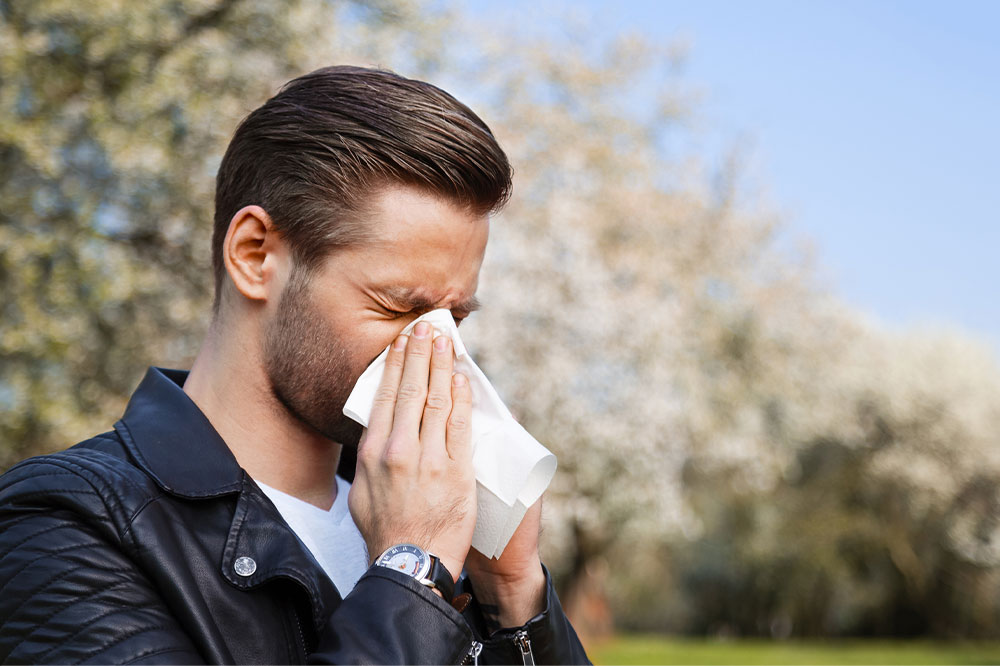6 worst cities for people with allergies

Small towns and villages usually outperform big cities, with lower levels of noise, water contamination, and other environmental factors affecting a person’s quality of life. But what makes a city particularly repulsive for people with allergies? Principally, it is the climate, average temperature, humidity, and air quality. These factors play a major part in the concentration of allergens in any city. Based on these factors, here are the country’s worst cities for people with allergies.
Scranton, Pennsylvania
Scranton’s high average humidity level (82 percent) and the record number of certified allergists (253) assigned to improve the city’s air quality are testaments to its unenviable allergen capital status. The city’s burgeoning railway and mining industry contribute to its poor air quality. Furthermore, the region has a large population of birch trees (a leading cause of allergies), and its grass and tree pollen seasons overlap, making sneeze seasons longer. These factors make Scranton arguably one of the worst cities for people with allergies to stay in.
Richmond, Virginia
Like Scranton, Richmond has a high pollen count throughout the year. Additionally, this city has fewer allergists to manage its air quality and allergen levels, an aspect that negatively influences these attributes. Richmond also has a large percentage of people using allergy treatments regularly. All these factors make this city one of the worst for people with spring allergies.
Wichita, Kansas
A particular study placed Wichita just behind Scranton on the list of worst cities for people with seasonal allergies. Wichita has many board-certified immunologists and allergists to manage this now-traditional issue. Still, it has fewer than average healthcare experts to help reduce the super-high pollen rate. The overall climate of Kansas, which is windy and dry during the ragweed season, also plays a part in its poor air quality and high allergen rates.
New Haven, Connecticut
While New Haven’s air quality has improved slightly over the years, it still has poor air quality, high particulate levels, and high pollen counts, an unfortunate combination for the city’s allergic inhabitants.
McAllen, Texas
McAllen’s dry Texan weather, trees, and grass problems cause the air to always be replete with different allergens. The fall season particularly witnesses a massive amount of ragweed pollen floating around. Additionally, the city only receives about 26 inches of rain annually, which does not allow the local authorities to clear the pollen in the air.
Oklahoma City, Oklahoma
Oklahoma’s windy climate attracts massive amounts of allergens from other places. And it has just about the right temperature and humidity to keep these allergens in the air for longer. As a result, everyone across the city inadvertently takes in several allergens with each breath, which can prove to be a nightmare for people with allergies. As a result, Oklahoma City is one of the worst cities for allergies.





